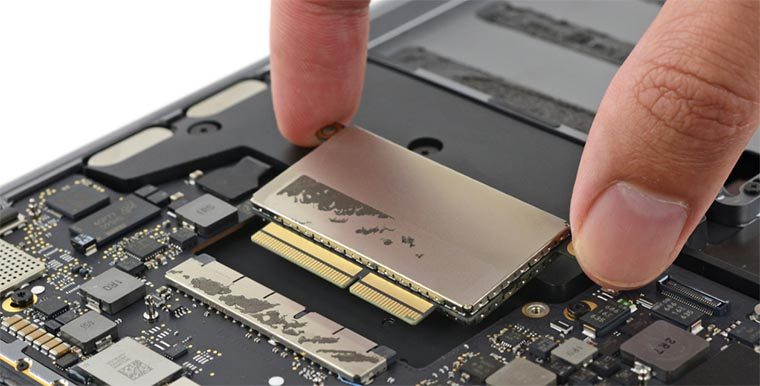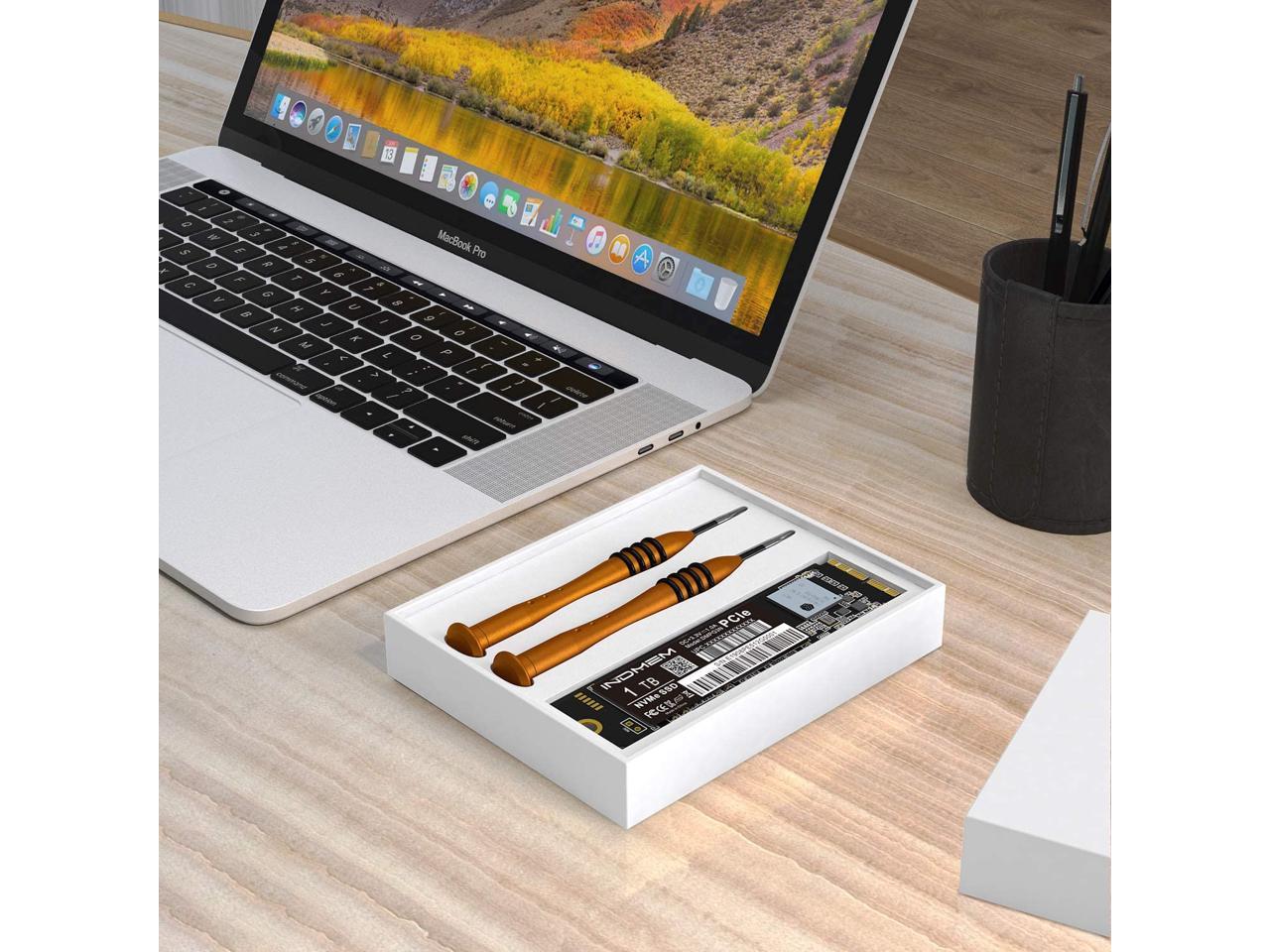

Photos look stunning on the iMac’s panel and are expertly colored, thanks to its P3 color gamut. Seriously, if you can swing it, spring for the mid-range 21.5-inch model, because that 4x jump in pixel density – and the better graphics tech behind it – is well worth it. Our biggest takeaway from using the latest iMac is its downright dazzling display. Besides, no matter how new your computer is, it’s hardly immune to the spinning wheel, regardless of color or shape. While we did bear witness to the spinning beachball more times than we would have liked from a newly-opened Mac, it didn’t appear frequently enough to affect the seamlessness of our workflow.



It handles our everyday workload, which includes dozens of Google Chrome tabs and the Slack chat client – both RAM and processor-hungry apps, effortlessly, and could likely take on a bit more. Nevertheless, we find the latest iMac to be a strong performer. We can’t, therefore, ignore just how much thinner and more impressive the iMac could be if Apple just leveraged what it’s learned from developing Mac Mini computers toward designing an iMac base that holds all the computer's guts and ports. However, the iMac is competing with Microsoft’s Surface Studio lineup. Then, of course, there’s the seemingly laws of physics defying thinness of the iMac, considering exactly how much is packed into the display section of the computer (i.e. The iMac’s minimalist yet elegant appearance manages to be both appealing and compact so that it while it’s nice to look at, it also doesn’t get in the way of work.
2017 MAC PRO HARD DRIVE TV
That iMac silhouette is still iconic, however – there’s a reason that it’s become a staple of offices, home and otherwise, in TV and films for years. However, after a few persisting design choices – not to mention its overall design in the face of new rivals – this gives us a bit of pause. And, that’s not necessarily a bad thing, as this brushed aluminum all-in-one is something to see. The iMac doesn’t look or feel radically different compared to past iMac models. You’ll be able to find all of the 2017 iMacs through Apple’s website itself, or third-party retailers like Amazon. However, it doesn’t include any of the accessories that the iMac has. If you’re looking for an even more budget-friendly option, and you already have a monitor, keyboard and mouse lying around, you could go with the Mac Mini at $799 (£799, AU$1,249) for similar power to the entry-level iMac. You should be able to find more affordable all-in-one desktops out there, but they won’t be as well-built or include components as powerful as the iMac’s. The iMac’s price falls in line with other high-end all-in-one PCs out there, namely the iMac’s chief competitor in the original Surface Studio – though it’s been replaced by the pricier Surface Studio 2 at $3,499 (£3,549, AU$5,499). It’s an extravagant purchase for most people, but the prospect of up to 18 cores of raw power should be very appealing to the creative professionals or power users out there. If that’s not enough, then the iMac Pro, which comes in at $4,999 (£4,899, AU$7,299), might be a more fitting option for you. You can also bump the display up, and opt for an iMac 27-inch with virtually the same components as the iMac we reviewed here, but with Radeon Pro 570 graphics for $1,799 (£1,749, AU$2,799).


 0 kommentar(er)
0 kommentar(er)
